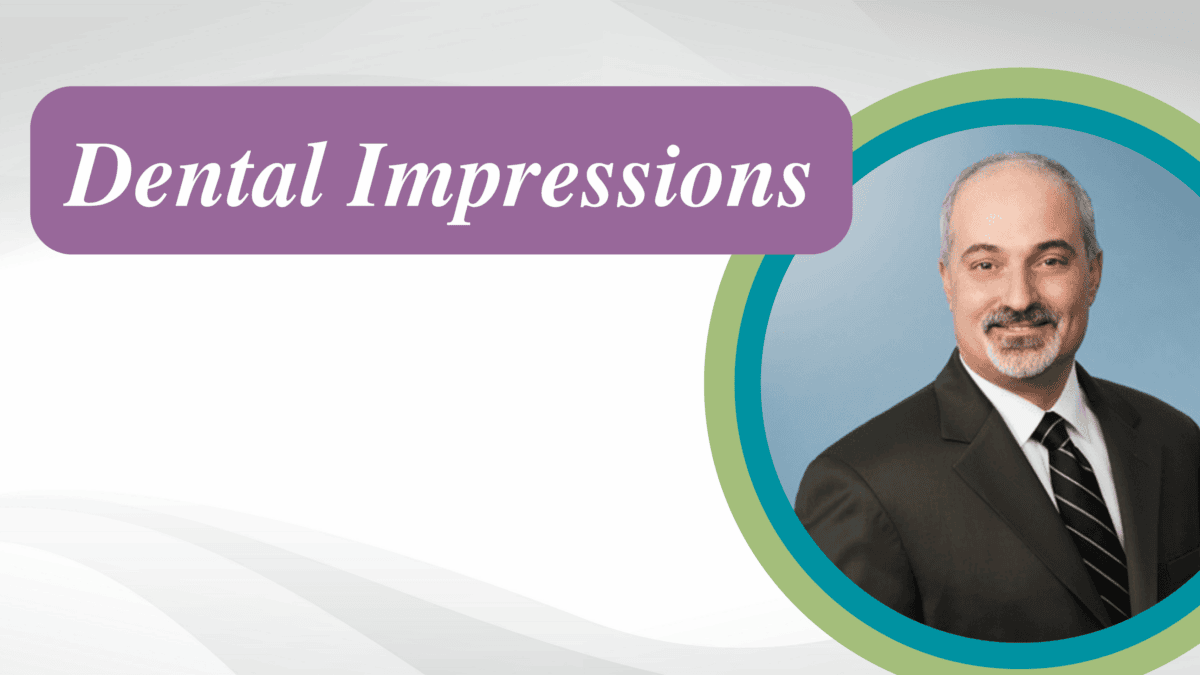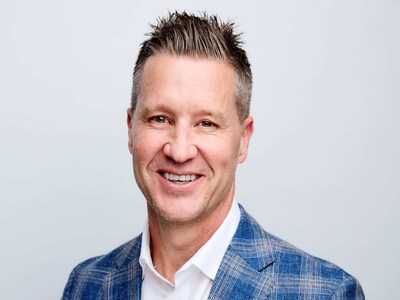News
 By Diagnostic Terminology SWG Chair, Dr. Linda Vidone, Dental Service of MA
By Diagnostic Terminology SWG Chair, Dr. Linda Vidone, Dental Service of MA
Welcome to the first edition of the Terminology Talk column! As Chairperson of the Diagnostic Terminology (DT) SubWorkgroup, I am excited to initiate what will be a monthly column on topics of interest from the three volunteer groups under the Terminology, Standards and Transactions Workgroup. Over the next few months, you will be hearing from the Chairs of the Diagnostic Terminology (DT), Codes, and Clinical Quality Measures (CQM) subworkgroups (SWGs). Each article will focus on the main tasks and operations of the three SWGs and their collaborative work with outside organizations and associations.
Our goal for this monthly column is to provide brief tips to leaders in the dental benefits industry and interested colleagues, which will inform and inspire you with all things dental terminology. Whether you are just learning about diagnostic terminology and procedure codes or have a good understanding, there will be something in here for you every month.
Just a bit about the DT SWG; we have 21 members, mainly Dental Directors and Clinical staff with various backgrounds representing 16 diverse companies. We typically meet about once a month and focus on the SNOMED, SNODENT and SNODDS terminology sets, which are explained in more detail below.
No doubt the dental industry is on the verge of accepting diagnostic codes, which are needed to move our systems forward on many important issues such as dental medical integration, patient outcomes, value-based care and to improve quality in oral health. Our workgroup is well-positioned to provide a united industry perspective on use of diagnostic terminology in dental claims processing.
The DT SWG completed a situational analysis within the dental industry on both current and desired data capabilities regarding the use, transmission, and acceptance of diagnostic terminology. The groups surveyed included dental schools, dental practice management system vendors, clearing houses, DSOs, Dental AI vendors and NADP member plans. We found that the stakeholders were in very different places along the path to accepting and using diagnostic terminology. There was agreement that diagnostic terminology is needed in the industry, yet no one is making it a priority. Therefore, our workgroup is taking the lead to push the industry forward and get it across the finish line.
Our committee is also engaged in monitoring and participating in the activities of SNOMED (Systematized Nomenclature of Medicine-Clinical Terms) which is the broadest of all terminologies used today and SNODENT (Systemized Nomenclature of Dentistry) which is the dental subset of SNOMED. SNOMED is the governing body for international use of dental terminology. This set provides standardized terms for describing dental disease that capture clinical detail and patient characteristics. It offers interoperability with Electronic Dental Records (EDRs) which is critical for information exchange. SNOMED meets twice a year and NADP representatives and volunteers attend these meetings consistently.
We also work directly with and participate on the American Dental Association’s SNODENT Canvas Committee that manages SNODENT in the US; including SNODDS, the subset for use by general dental practitioners in the US. The SNODENT Canvass Committee meets once a year to consider changes suggested by users in the US. If accepted by the US committee, the suggestions are typically submitted for consideration in the international realm. However, not all terminology accepted into SNODENT and in use in the US is accepted and used in the international realm. And vice versa, some international terminologies in international use are not adopted into SNODENT.
Many medical care systems in the USA and internationally already use SNOMED CT as the backbone for developing clinical decision support tools and furthering their use of artificial intelligence to improve patient outcomes. SNODENT, featuring dental specific content provides similar capabilities using a much smaller set of terms.
Our high-level road map for which we are still finalizing the details includes education, engagement, partnerships, and a pilot! We will be working closely with the other clinical workgroups: Codes and Quality Measures as well as the communications, education, advocacy and research groups to accomplish our goal.
I hope you will find our information interesting and useful. To learn more about our volunteer group, contact our staff liaison Timothy L. Brown (972.458.6998 x104). We welcome your feedback and suggestions for future newsletters, and I can be reached at linda.vidone@greatdentalplans.com.




